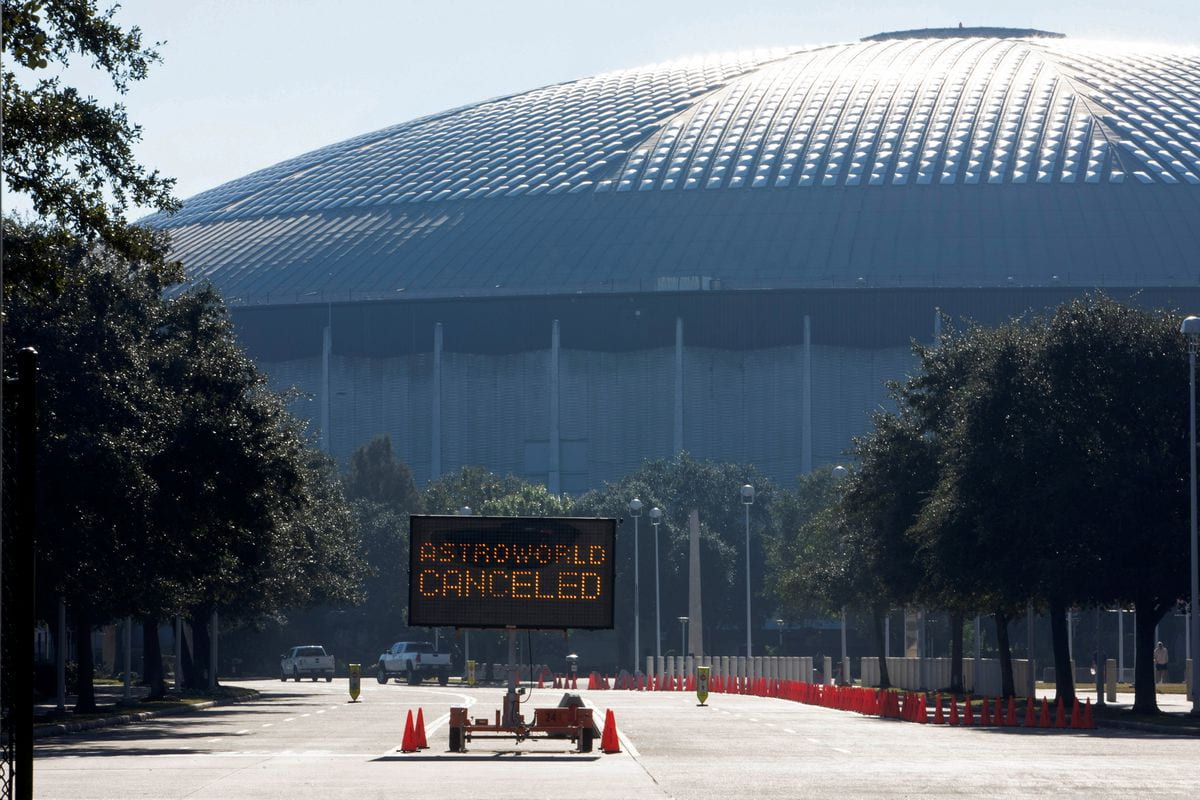Megan Vineberg – Staff Writer
The NY Times reports that as many as eight concert goers were left dead after day 1 of Grammy-nominated Travis Scott’s Astroworld Festival on Nov. 5.
The concert was launched in 2018 but the event left the youth in tragedy. The victims had been rushed to nearby hospitals, ranging in age from 14-27.
According to the Harris County Institute of Forensic Sciences, hundreds still were injured, among those victims including high school and college students from Houston, and a 10-year-old child. It’s been said that there were up to 50,000 in attendance. Many felt the lack of oxygen, others collapsing watching as they begged for the promoters to halt production.
Among the eight deceased were as follows: Franco Patino (21) – Naperville, IL; Jacob E. Jurinek (20) – Naperville, IL; John Hilgert (14) – Houston, TX; Brianna Rodriguez (16) – Houston, TX; Rudolfo “Rudy” Pena (23) – Laredo, TX; Mirza Danish Baig (27) – Naperville, IL; Axel Acosta (21) – Tieville, WA and Madison Dubiski (23) – Houston, TX.
According to the WFAA, witnesses say the crowd was packed so tight that it was nearly impossible to move their arms. Injuries occurred when waves of fans trampled over others to pack together. As of right now, there are still no official causes of death for the victims and officials said that could still be weeks away until toxicology reports are returned.
Letters and balloons were left outside the canceled Astroworld festival at NRG Park in Houston. Live Nation who was promoting the festival issued the following statement: “[We are] heartbroken for those lost and impacted at Astroworld,” and the company pledged its full cooperation with local authorities who are investigating.
Scott said he was “just devastated” in a video posted to his Instagram account following the events. He claims to not have realized how severe the situation had become from his vantage point onstage.
In an effort to improve larger events like AstroWorld, the Dresden University of Technology performed a study on crowd dynamics using a computer algorithm to track the position and velocity of every person in a crowd over a 45-minute period.
Three phases of the crowd’s motion were identified. The crowd initially moved toward the bridge at a steady rate, but as the density increased, there was an abrupt phase transition to a kind of “stop-and-go” motion. This spread like a wave in the same direction the people were moving. The crowd density continued to increase until another sudden phase transition occurred, whereby others started moving randomly in all possible directions.
Helbing and Johansson called this phenomenon “crowd turbulence,” or a “crowd quake.” They concluded through their findings that the critical threshold seemed to be about six people per square meter (10 square feet).
“The researchers believe that turbulence may have been brought on by individuals panicking and pushing in all directions to increase their personal space,” explains Hamish Johnston, Author of Physics World. “This caused violent pressure waves to surge through the crowd, tossing individuals several metres, tearing off clothing and ultimately leading to the trampling of hundreds.”
In an article published by Jennifer Ouellette for arstechnica.com, the events following Astroworld seem to have occurred because of the crowd being packed into the mosh pit rather than a more typical bottleneck scenario as described above.
In a study conducted by Cornell University on mosh-pit dynamics, Jesse Silverberg attended a heavy metal concert with his girlfriend. He wisely avoided the mosh pit and, like a true physicist, found himself fascinated by the motion of the crowd, which struck him as resembling the disordered collisions of molecules in a gas. They drew on footage from rock concerts posted on YouTube and used a particle tracking program to convert everyone in those crowds into individual particles, dubbed MASHERS (Mobile Active Simulated Humanoids).
There were two kinds of MASHERS: passive ones who stayed stationary after an accidental collision, and active ones who bounced after a collision. The researchers found that, when there were more active MASHERS than passive ones, the crowd did indeed behave like molecules in a gas, with random collisions. But sometimes, spontaneous “flocking” would occur, in which MASHERS began following their neighbors’ motions. In that scenario, vortices would form—basically human whirlpools.
Itai Cohan of Cornell University went on to explain more about their intent behind the study. “In a mosh pit, the dynamics shift from random bumping to more of a stampede which gets people crushed. We tried to think about transitions between mosh pits and circle pits—which are more gentle forms of stampedes where people tend to pick you up when you fall down.
A similar type of transition may be occurring when you transition to a stampede. These transitions usually occur when the flocking time (how quickly correlated velocities emerge) gets comparable or smaller than the time scale associated with noise changing the velocity correlations. When the flocking time is short the systems form circle pits.” Following the studies conducted, it was found that they were only using mathematical models and that wouldn’t suffice for the kinds of crowd dynamics they need for a real-life simulation.

megan.bmel@mail.broward.edu
